Intro
Discover the proper Methylphenidate 10mg dosage for ADHD treatment, including administration guidelines, side effects, and interactions, to ensure safe and effective use of this medication.
Methylphenidate, commonly known by the brand name Ritalin, is a central nervous system stimulant prescribed to treat attention deficit hyperactivity disorder (ADHD) and certain cases of narcolepsy. The medication works by increasing the levels of dopamine and norepinephrine in the brain, helping to improve focus, attention, and impulse control. One of the most prescribed doses of methylphenidate is the 10mg dosage, which is often used as a starting point for patients, especially children, to gauge their response to the medication and to minimize potential side effects.
The importance of understanding the correct dosage and administration of methylphenidate cannot be overstated. Incorrect dosages can lead to ineffective treatment or increased risk of side effects. Patients and caregivers must work closely with healthcare providers to find the optimal dose that balances therapeutic benefits with minimal adverse effects. Moreover, methylphenidate's potential for abuse and dependence necessitates careful monitoring and adherence to prescribed dosing regimens.
Methylphenidate is available in various formulations, including immediate-release (IR) and extended-release (ER) forms. The 10mg dosage is commonly found in IR tablets or capsules, which are typically taken two to three times a day, spaced evenly apart. The ER forms, designed to release the medication slowly over a longer period, may be taken once daily, usually in the morning, to help control symptoms throughout the day. The choice between IR and ER formulations depends on the patient's specific needs, lifestyle, and how they respond to the medication.
Methylphenidate 10mg Dosage Benefits
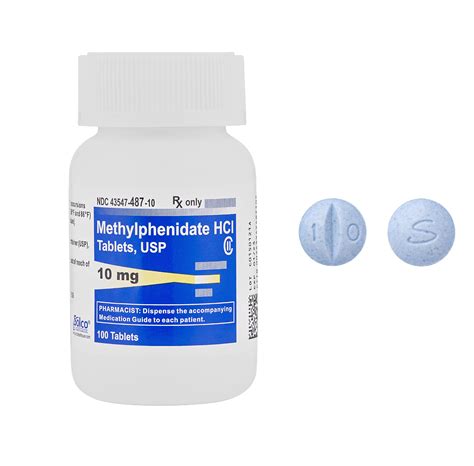
How Methylphenidate Works
Methylphenidate's mechanism of action involves the inhibition of the dopamine and norepinephrine reuptake transporters, leading to increased concentrations of these neurotransmitters in the synaptic cleft. This action enhances dopaminergic and noradrenergic neurotransmission in the brain, which is believed to contribute to its therapeutic effects in ADHD. The medication does not cure ADHD but helps to manage its symptoms, allowing patients to function better in their daily lives.Administration and Dosage Adjustments
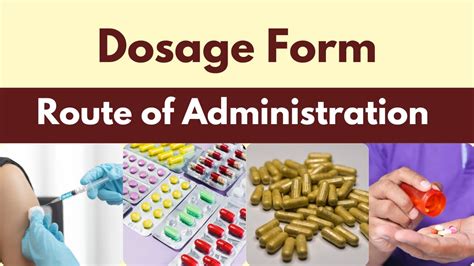
Monitoring for Side Effects
While methylphenidate is generally well-tolerated, especially at lower doses like 10mg, monitoring for potential side effects is essential. Common side effects include headache, stomachache, insomnia, and decreased appetite. Less common but more serious side effects can include anxiety, irritability, and in rare cases, psychotic episodes or suicidal thoughts. Regular follow-up appointments with a healthcare provider are crucial to assess the medication's effectiveness and to address any emerging side effects.Methylphenidate 10mg Dosage in Children and Adolescents
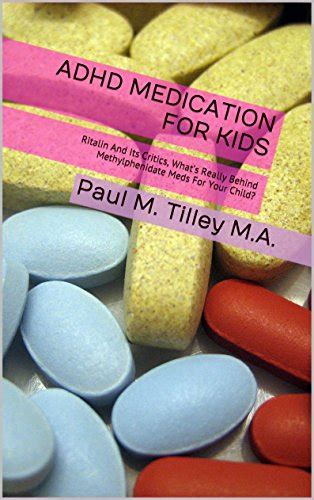
Special Considerations
Certain individuals, such as those with a history of substance abuse, cardiovascular problems, or glaucoma, may require special consideration when prescribed methylphenidate. The medication can exacerbate these conditions or interact with other medications, leading to adverse effects. A thorough medical evaluation before starting methylphenidate, as well as ongoing monitoring, can help mitigate these risks.Comparing Methylphenidate to Other ADHD Medications
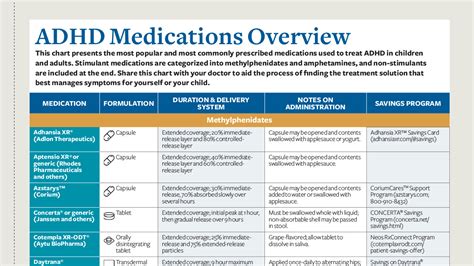
Non-Medication Strategies for Managing ADHD
In addition to medication, various non-pharmacological strategies can help manage ADHD symptoms. These include behavioral therapy to teach skills and strategies for managing time, organizing tasks, and reducing impulsivity, as well as lifestyle changes such as regular exercise, a balanced diet, and adequate sleep. Educational support and accommodations can also play a crucial role in helping individuals with ADHD succeed academically and professionally.Conclusion and Future Directions
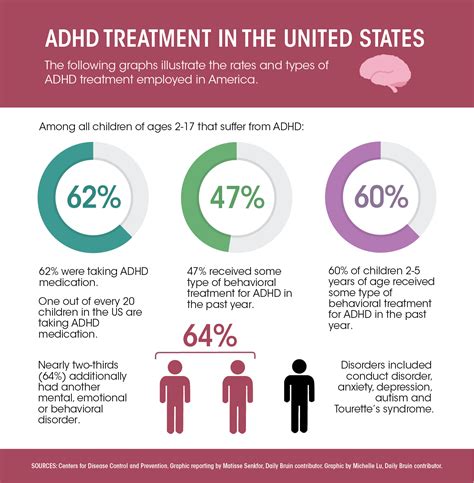
Final Thoughts
The management of ADHD is complex and multifaceted, requiring a comprehensive approach that often includes medication, behavioral interventions, and lifestyle changes. By understanding the role of methylphenidate, particularly the 10mg dosage, and its place within the broader context of ADHD treatment, patients and healthcare providers can work together to develop effective strategies for managing symptoms and improving quality of life.We invite you to share your thoughts and experiences with methylphenidate and ADHD treatment in the comments below. Your insights can help others better understand the complexities of ADHD management and the importance of personalized care. If you found this article informative, please consider sharing it with others who might benefit from this information.
What is the primary use of methylphenidate?
+Methylphenidate is primarily used to treat attention deficit hyperactivity disorder (ADHD) and certain cases of narcolepsy.
How does methylphenidate work?
+Methylphenidate works by increasing the levels of dopamine and norepinephrine in the brain, which helps to improve focus, attention, and impulse control.
What are common side effects of methylphenidate?
+Common side effects include headache, stomachache, insomnia, and decreased appetite. Serious side effects can include anxiety, irritability, and in rare cases, psychotic episodes or suicidal thoughts.
Can methylphenidate be used in children?
+Yes, methylphenidate can be used in children and is often prescribed for ADHD. However, careful monitoring is necessary due to the potential for side effects and the need for dosage adjustments.
Are there non-medication strategies for managing ADHD?
+Yes, non-medication strategies include behavioral therapy, lifestyle changes such as regular exercise and a balanced diet, and educational support and accommodations.
